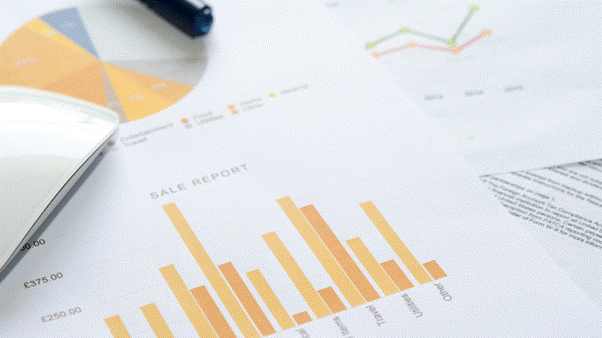In today’s dynamic business landscape, accurate predictions of future demand play a crucial role in optimizing operations, reducing costs, and maximizing customer satisfaction. In this article, we will explore various methods of demand forecasting that businesses employ to gain valuable insights into consumer behavior and make informed decisions. Join us as we uncover the path to accurate predictions and equip you with the knowledge to navigate the world of demand forecasting.
1. Time Series Analysis
Time series analysis is one of the fundamental methods of demand forecasting. It involves examining historical data to identify patterns and trends that can help predict future demand. This method assumes that future demand will follow a similar pattern as observed in the past. Time series analysis techniques such as moving averages, exponential smoothing, and trend analysis are commonly employed to make accurate forecasts based on historical data.
2. Market Research and Surveys
Market research and surveys provide valuable insights into consumer preferences, buying behavior, and market trends. Conducting surveys, interviews, and focus groups allows businesses to gather qualitative data directly from potential customers. By analyzing this data, companies can uncover hidden patterns, preferences, and emerging trends that impact demand. Incorporating market research findings into demand forecasting models enhances the accuracy of predictions and enables businesses to stay ahead of the competition.
3. Regression Analysis
Regression analysis is a statistical method used to establish relationships between dependent and independent variables. In demand forecasting, regression analysis helps identify factors that influence demand, such as price, promotional activities, seasonality, and economic indicators. By analyzing historical data and applying regression models, businesses can quantify the impact of these variables on demand and make more accurate predictions for the future.
4. Delphi Method
The Delphi method is a qualitative forecasting technique that harnesses the collective wisdom of experts to predict future demand. It involves a structured communication process among a group of experts who provide their individual opinions and insights on future demand. These opinions are compiled, analyzed, and shared with the experts for further refinement. This iterative process continues until a consensus is reached. The Delphi method helps eliminate biases, incorporates diverse viewpoints, and generates reliable demand forecasts based on expert knowledge and judgment.
5. Predictive Analytics and Machine Learning
In recent years, advancements in technology have led to the adoption of predictive analytics and machine learning algorithms for demand forecasting. These methods leverage large datasets, sophisticated algorithms, and artificial intelligence to identify complex patterns, correlations, and predictive models. By integrating data from various sources, including customer demographics, purchasing history, social media sentiment, and economic indicators, predictive analytics and machine learning provide businesses with accurate and real-time demand forecasts.
Conclusion
In the world of demand forecasting, employing the right methods is paramount to making accurate predictions and gaining a competitive edge. From time series analysis to market research, regression analysis, the Delphi method, and leveraging predictive analytics and machine learning, businesses have a range of powerful tools at their disposal. To delve deeper into these methods and explore advanced demand forecasting techniques, visit https://johngalt.com/ to learn more. Master the art of demand forecasting and make informed decisions to meet customer needs efficiently and stay ahead in today’s dynamic marketplace.







